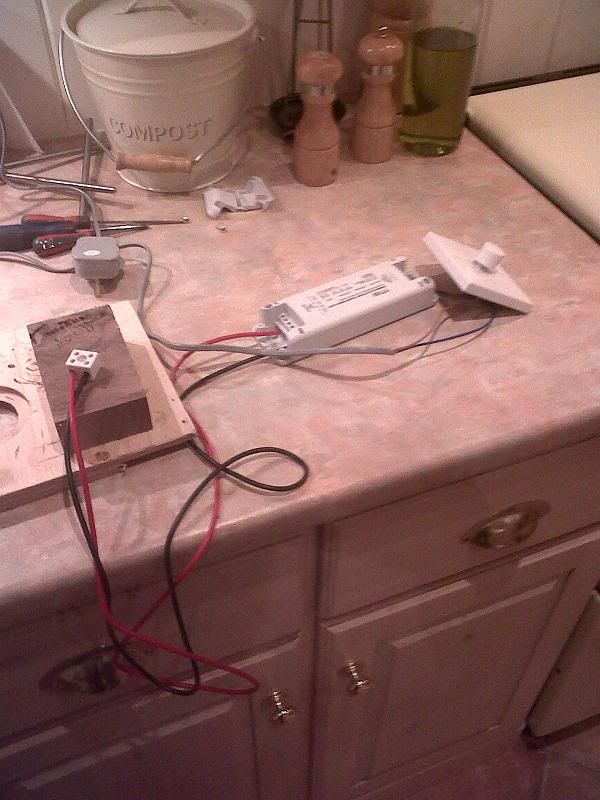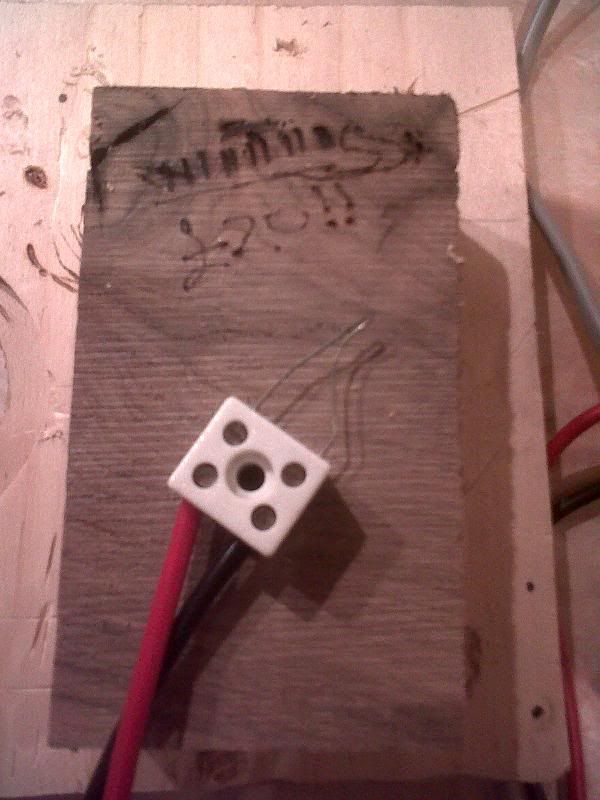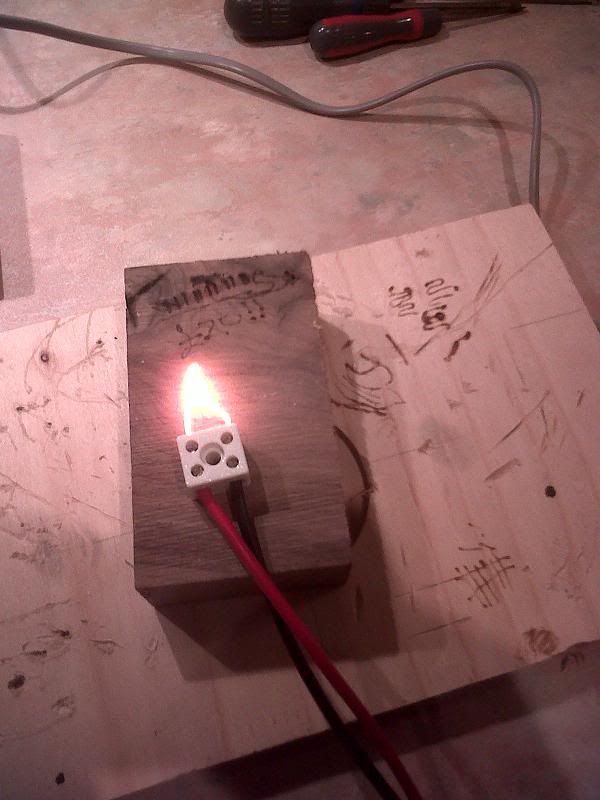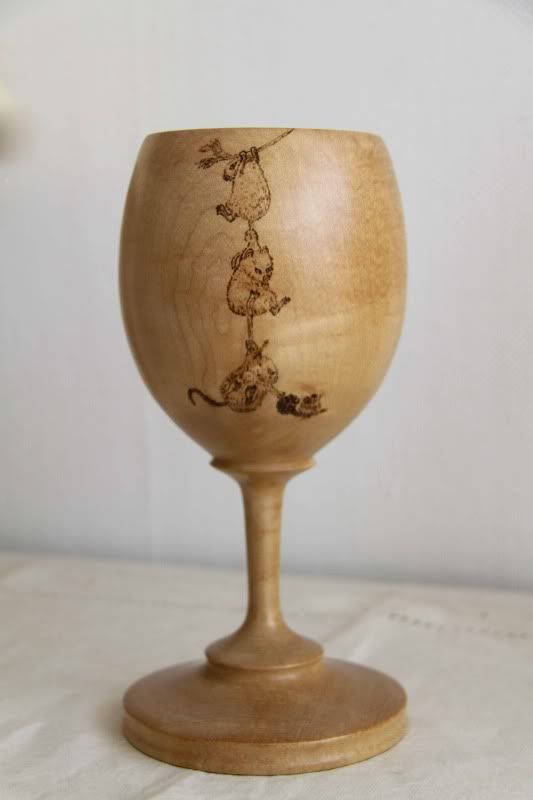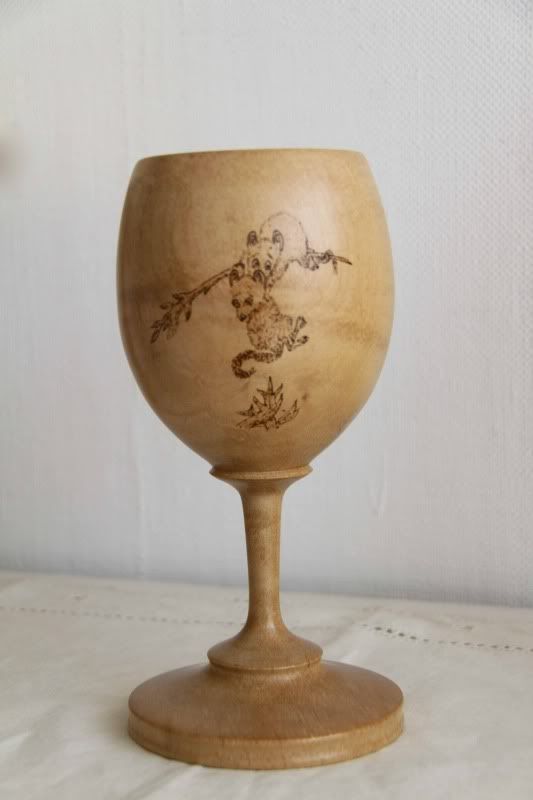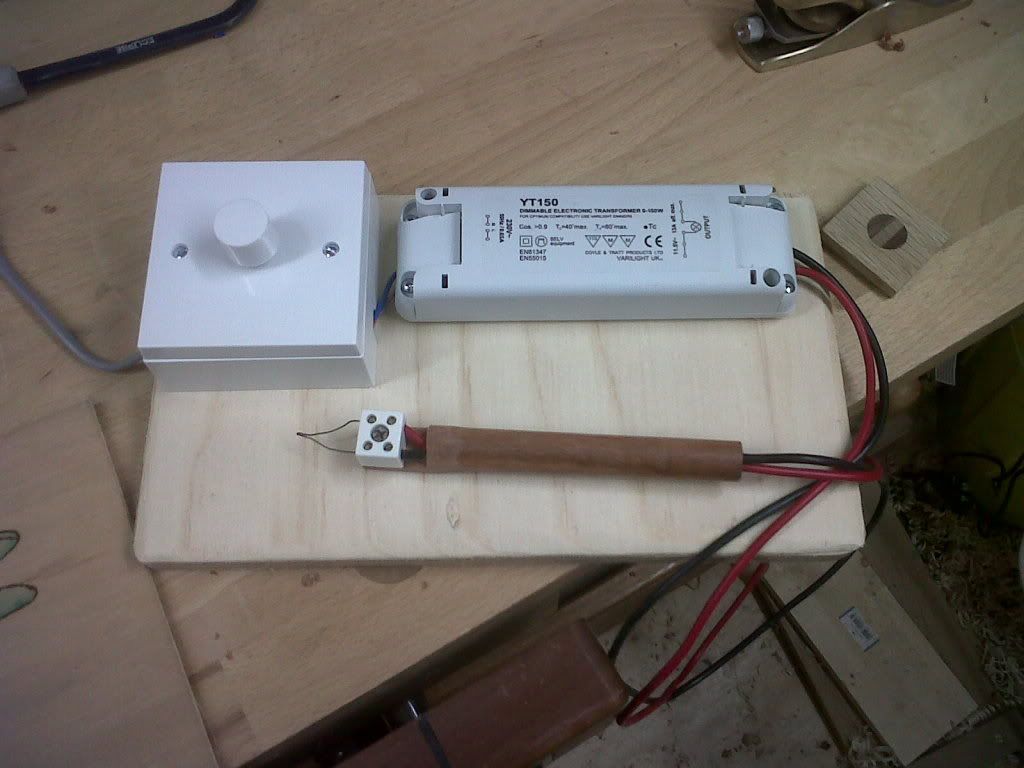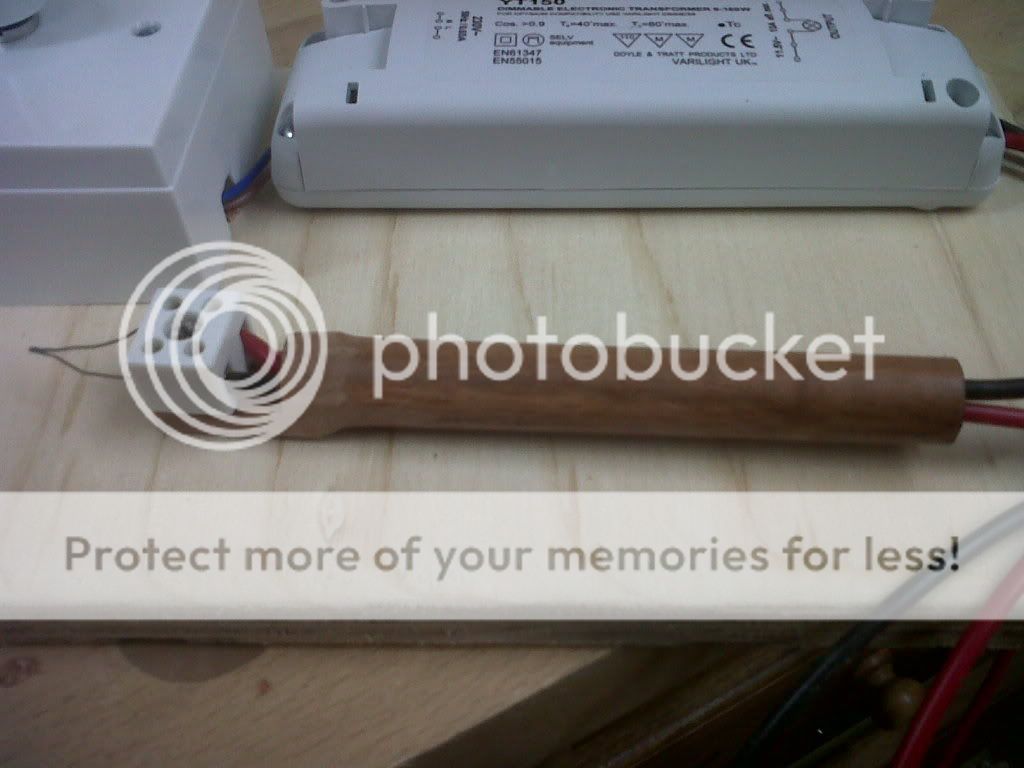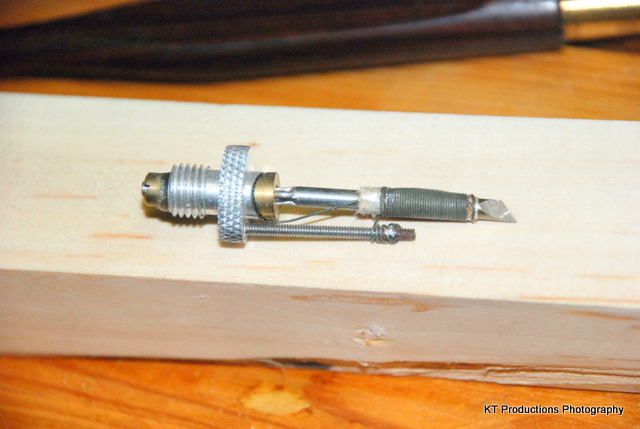SVB
Established Member
Folks,
A question for the more electrically minded.
I believe most pyro. stations contain a transformer and a AC-DC converter together with a means of regulating the output power to control heat at the tip.
I would like to know why the AC-DC converter is required. I know AC has a high peak rather than effective rms output but surly enough power could be transmitted at low (eg 12V) voltage to make an effective device without the need for conversion?
Am I missing something?
With thanks,
Simon
A question for the more electrically minded.
I believe most pyro. stations contain a transformer and a AC-DC converter together with a means of regulating the output power to control heat at the tip.
I would like to know why the AC-DC converter is required. I know AC has a high peak rather than effective rms output but surly enough power could be transmitted at low (eg 12V) voltage to make an effective device without the need for conversion?
Am I missing something?
With thanks,
Simon





